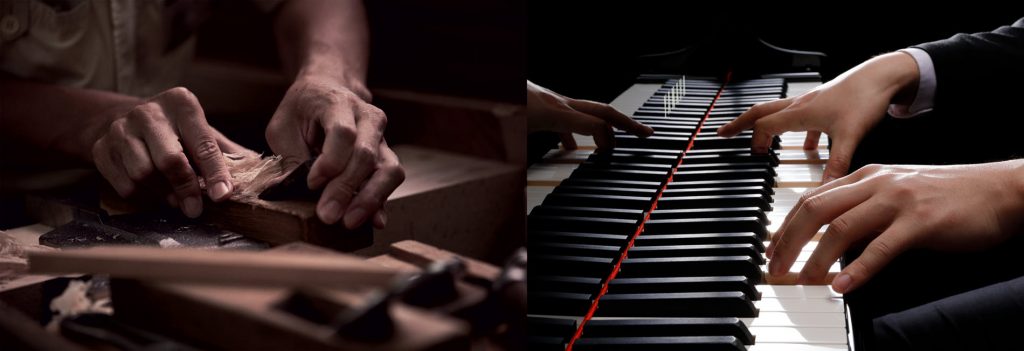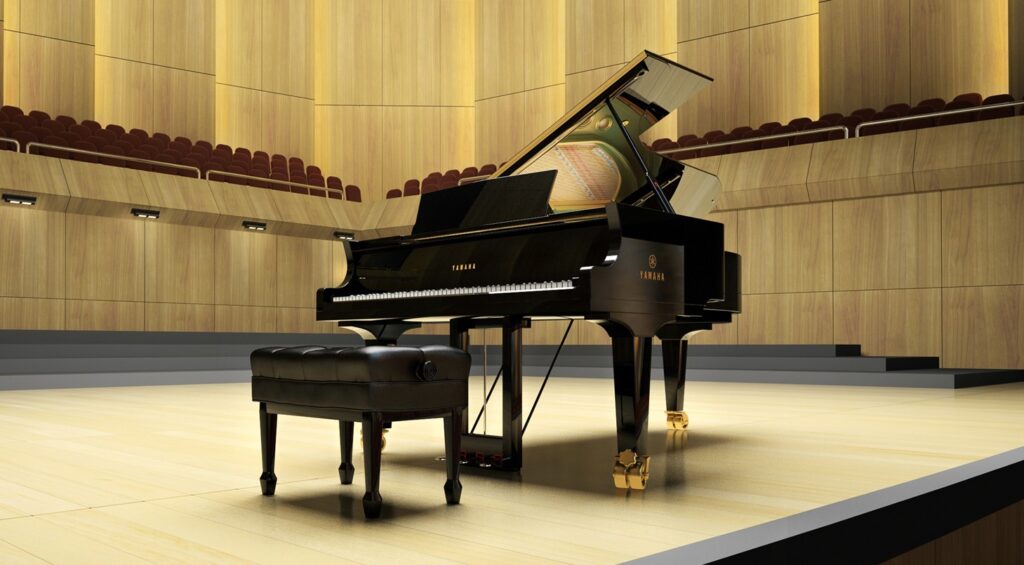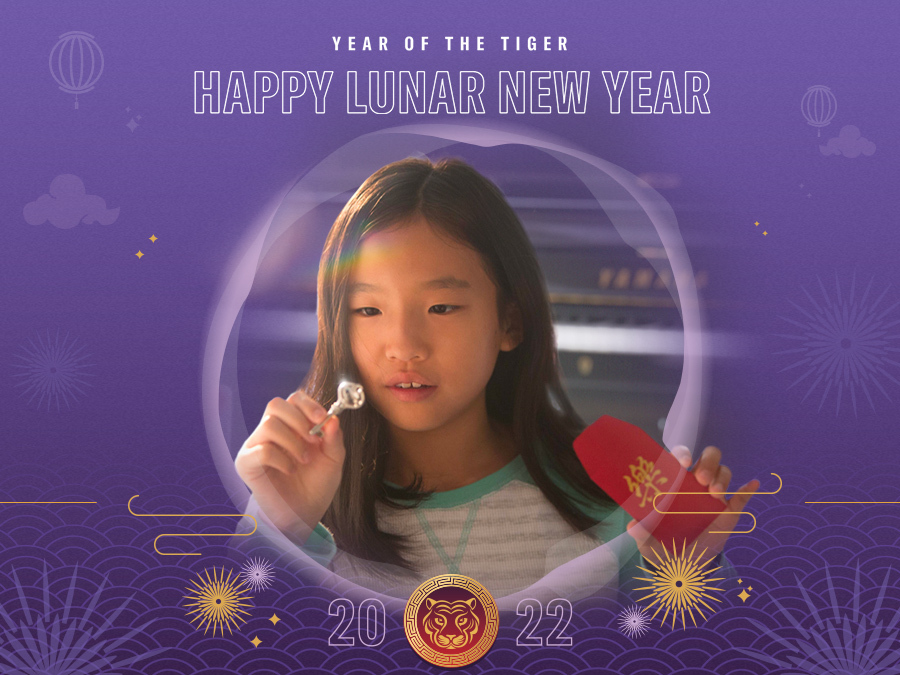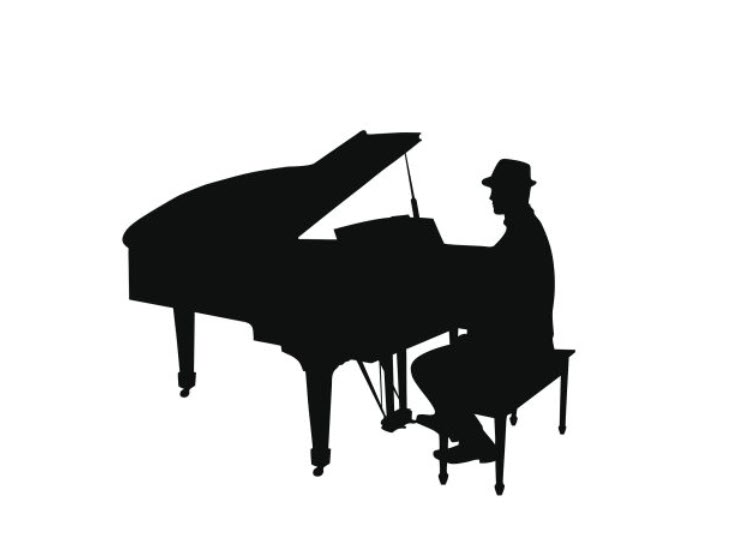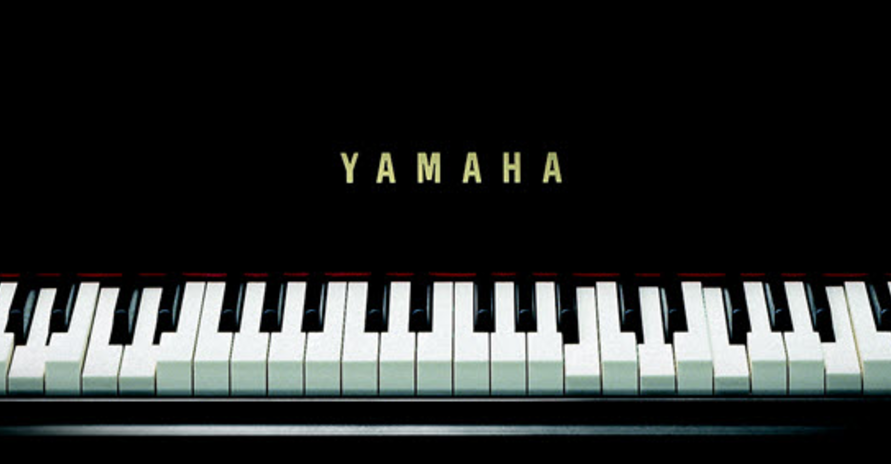The History of Yamaha CF Grand Pianos
More than a century of innovation leads to the pinnacle of success.
The grand piano is a marvel of engineering. It contains thousands of parts, and its development spans over 300 years. While the early history of the instrument has its roots in Europe, it may surprise you to know that Yamaha has been manufacturing pianos for more than a century, and long ago (1965 to be exact) became the top supplier of acoustic pianos in the world. The company builds upwards of 100,000 pianos every year and has shipped well over eight million of them to date.
To some, these impressive numbers might evoke images of large factories with automated production lines churning out pianos with little human involvement. But every CF Series grand piano Yamaha makes is crafted by a group of skilled artisans, who oversee all the critical steps of turning wood and metal into the highly refined and expressive instrument that the modern grand piano represents. Let’s take a look at the history of this famed instrument, favored by top concert pianists the world over.
Yamaha Pianos Through the Decades
Company founder Torakusu Yamaha, an avid student of Western science and technology, designed and built his first upright piano in 1900, followed by a grand piano in 1902. These instruments were sold only in Japan, but Torakusu was invited to send his grand piano to the 1904 St. Louis World’s Fair, where it won an Honorary Grand Prize.
Over the following decades, the company avidly studied European piano design and production techniques. In the mid-1920s, aided by expert German piano technician Ale Schlegel, Yamaha produced a grand piano that was acclaimed by such notable artists as Artur Rubinstein, considered one of the twentieth century’s most talented pianists, as well as Russian virtuoso Leo Sirota, who wrote, “I have played the Yamaha piano many times and have come to the conclusion that this instrument is equal to the best pianos from Germany and America. It has an astonishingly beautiful tone, not to mention an excellent mechanism. It allows me to play however I desire.”
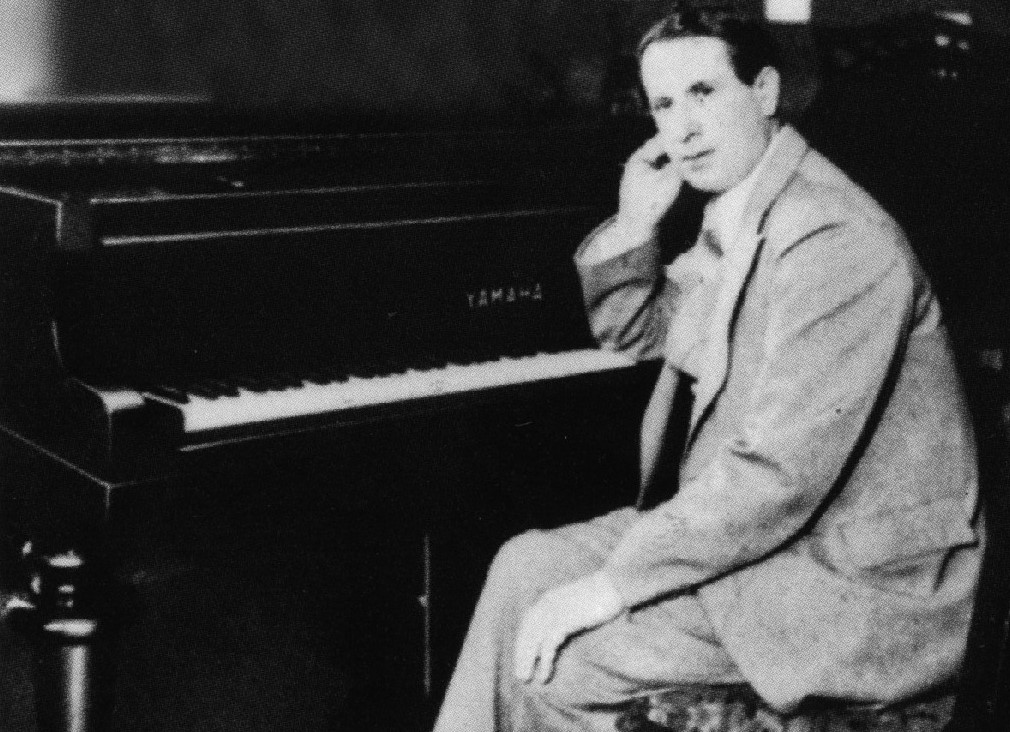
In 1965, Yamaha began working with lauded Italian piano technician Cesare Tallone. Together they explored all aspects of piano design, creating many prototypes that were evaluated by world-class artists and then refined further. This valuable real-world feedback resulted in the creation of the first CF Concert Grand piano, unveiled to the public in November of 1967 with a performance by German maestro Wilhelm Kempff. After the concert, he expressed his appreciation for the instrument, saying, “Today, I played a Schubert Impromptu — a formidable test for any piano. This instrument passed with flying colors. Yamaha has surely made one of the top pianos in the world.”
Worldwide Acclaim for CF Grand Pianos
CF pianos were soon adopted by leading artists, international festivals and competitions. At both the 1968 and 1969 Menton Music Festival in France, four out of the five pianists chose it for their performances, including virtuoso Sviatoslav Richter.
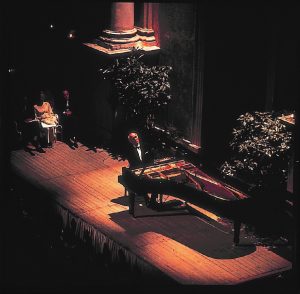
Legendary Canadian pianist Glenn Gould purchased two CF pianos, recording his last three albums on them, including his historic reworking of Bach’s Goldberg Variations in 1981. Gould was taken with the instrument, enthusing, “This piano has the finest action in the world. I have never before played an instrument that reflects my desires so perfectly.”
A Legacy of Innovation Continues
One might imagine that with such success and acceptance, Yamaha would sit back and simply enjoy the fruits of their labor. But instead, the company constantly questioned how they could improve aspects of the touch, the sound and the dynamic range of their pianos, all in search of an even higher level of expression for the performing artist. From this they created the C Series of studio and home pianos, which would become the most recorded piano in history.
By the early 1980s Yamaha was determined to develop an even more powerful-sounding concert grand — one that would be worthy of the best concert halls the world over. Once again, they gathered feedback from top artists and developed many prototypes before they unveiled their next-generation CF piano in 1983: the CFIII Series concert grand piano. And once again, Yamaha delivered an instrument that the musical world accepted with open arms.
The CFIII was designated as the sole official piano of the International Johann Sebastian Bach Competition in Germany, the official instrument of Poland’s International Chopin Piano Competition and official piano for the prestigious International Tchaikovsky Competition in Russia. Further refinements led to the CFIIIS, released in 1991, which underwent improvements and advancements in 1996 and 2001. Favored by prominent artists, concert halls and educational institutions worldwide, the CFIIIS was the piano of choice at over 20 festivals and competitions.

The Pinnacle in Piano Design
Despite this success, Yamaha was not content to rest on its laurels. An incredible 100 prototypes were developed over 19 years before arriving at the next instruments worthy of release in the ongoing evolution of the “Yamaha sound”: the Yamaha CF Series, led by the majestic CFX 9-foot concert grand piano released in 2010. In October of that year, Russian pianist Yulianna Avdeeva won first prize at the 16th International Chopin Piano Competition playing a CFX — the first time a pianist won playing a Japanese-made piano.
All CFX grand pianos are crafted by hand, using the finest materials Yamaha has sourced or developed themselves. As a result, the range of expression and tonal colors possible have evolved to a new level … and artists around the world have recognized that fact. Here is a sampling of some of their endorsements:
Tony Desare: “If I had to make a wish list of all the things I wanted in a piano as a player, as I explored the CFX they all revealed themselves. The CFX is the piano player’s piano. To me, it’s really taken the last several 100 years of piano-making and distilled it down into the best of the best.”
Billy Childs: “It has such a great, clean action, a beautiful tone; I can play soft and hear the integrity of every note. And when I play loud it still retains that warm, beautiful sound.”
Gerald Clayton: “It really gives you the ability to play with the warmth that I desire in a piano. But you can also cut through and get that brightness if you need it … it’s got so much range.”
Michael Shinn (Piano Faculty, The Juilliard School): “There’s a subtlety and diversity in the softer dynamics: it of course has an incredibly huge sound, and one that’s never abrasive. But I find there’s so much nuance I can get from the softer dynamics that I can’t get from any other instrument.”
Anne-Marie McDermott (Artistic Director, Bravo! Vail Music Festival): “[The CFX] gives you everything you want, from the most subtle, soft, silky and buttery colors to this monstrous, big, fat growling sound.”
Jerome Rose (Piano Faculty, Mannes School Of Music): “The CFX is an extraordinary instrument. It has many unique qualities: the clarity of sound, the projection of sound, the blending of tones … it allows an artist to be the utmost of their capabilities.”
The Quest Continues
Over the course of more than 100 years, Yamaha has built a solid foundation by investing enormous human and material resources and carrying on large-scale, far-ranging technological research and development. The company’s remarkable success is also testament to the efforts of the many skilled craftsmen who breathe life into each and every instrument.
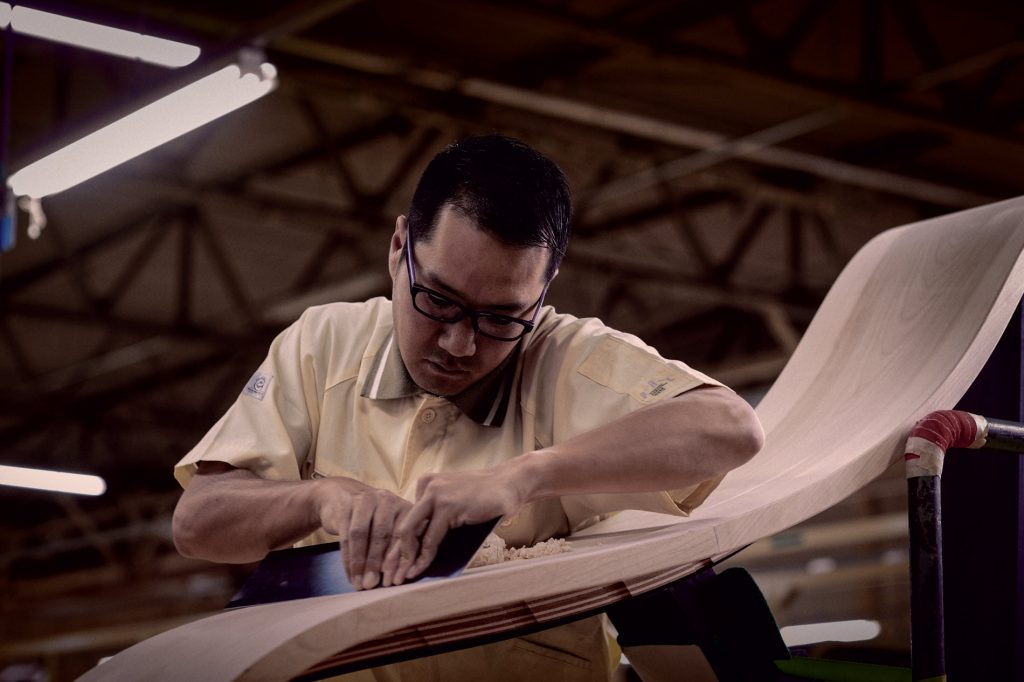
Not surprisingly, Yamaha continues their quest to refine and improve their grand pianos. Today, the company holds over 5,000 innovative patents on acoustic piano materials and design/manufacturing processes. Several of their most recent design breakthroughs have been integrated into their newest line of pianos, the next-generation CFX Concert Grand.
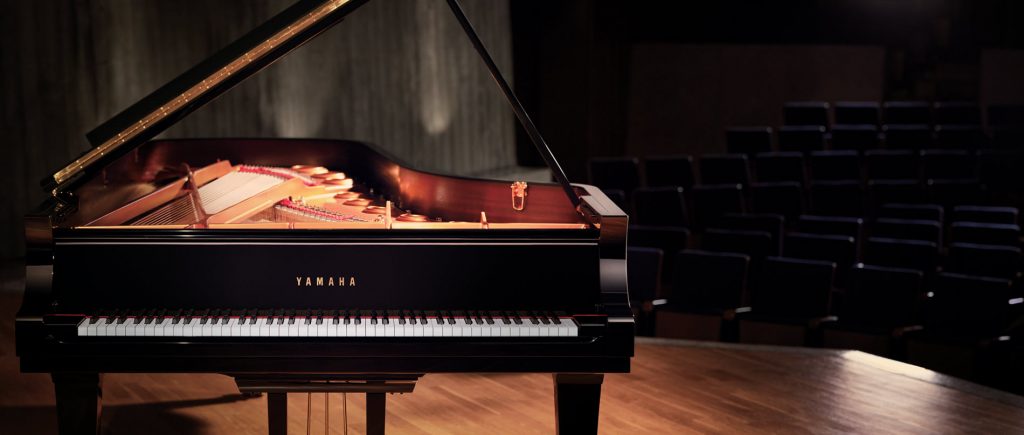
In a grand piano, once the hammer has struck/excited the string, both the soundboard and the case of the piano itself act as resonators to amplify and produce the tone that we hear. Knowing how critical this is in shaping the sound, Yamaha has been exploring ways to enhance this important characteristic. To this end, they developed a technology called Acoustic Resonance Enhancement (A.R.E.), which is a method of treating the wood in the instrument to enhance and solidify the vibrations that are integral to a piano’s tone. The company also hand-selects the woods used for the rim and back posts, and have developed new ways to connect the joints to minimize vibration loss. Finally, they completely redesigned the all-important soundboard, using the top one percent of European spruce, and reshaped it to improve the mid-bass frequencies, which are crucial to producing a warm, rich and resonant tone.
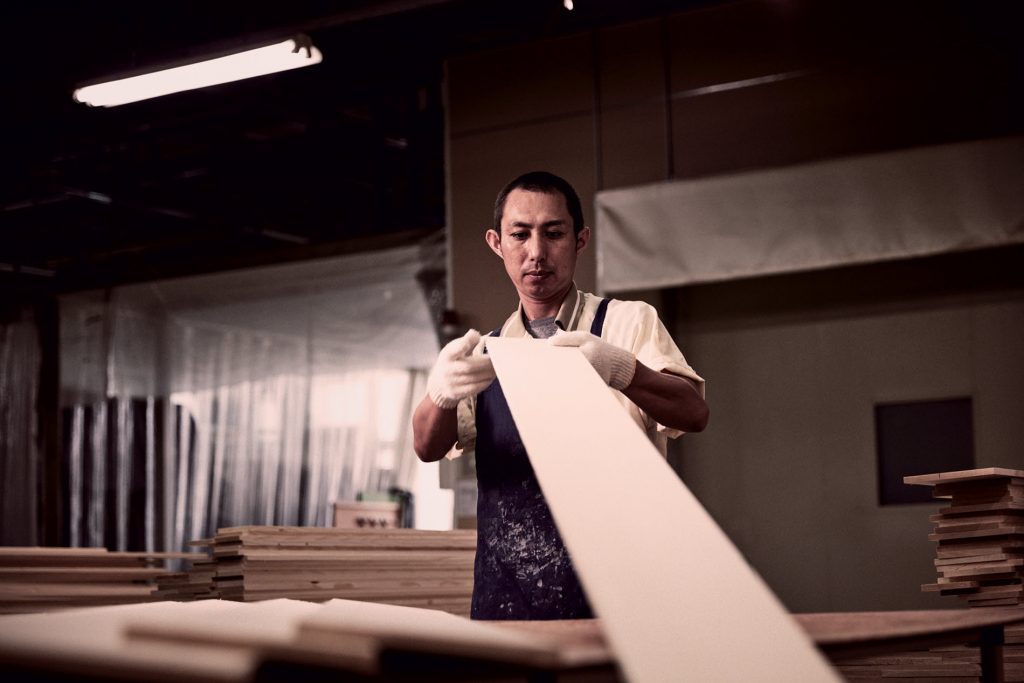
In addition, with the goal of connecting even the slightest variation in the player’s touch to the sound produced, Yamaha has long been refining the complex action of a grand piano to deliver increased dynamic range (the variations from the softest to the loudest playing), and increase what players call the finger-to-sound connection. Their new “Unibody Concept” design process involved looking at every aspect of their design, materials and methods, working in conjunction with a team of artists and engineers to better achieve that nuanced, expressive control. One seemingly small, but ultimately important design change was to — for the first time in a Yamaha piano — add a music stand that is perforated, so the sound comes back clearly to the performer without being blocked by a solid slab of wood. This increased clarity allows the performer to better shape their performance, and to hear even the slightest variation in their touch and tonal shading.
